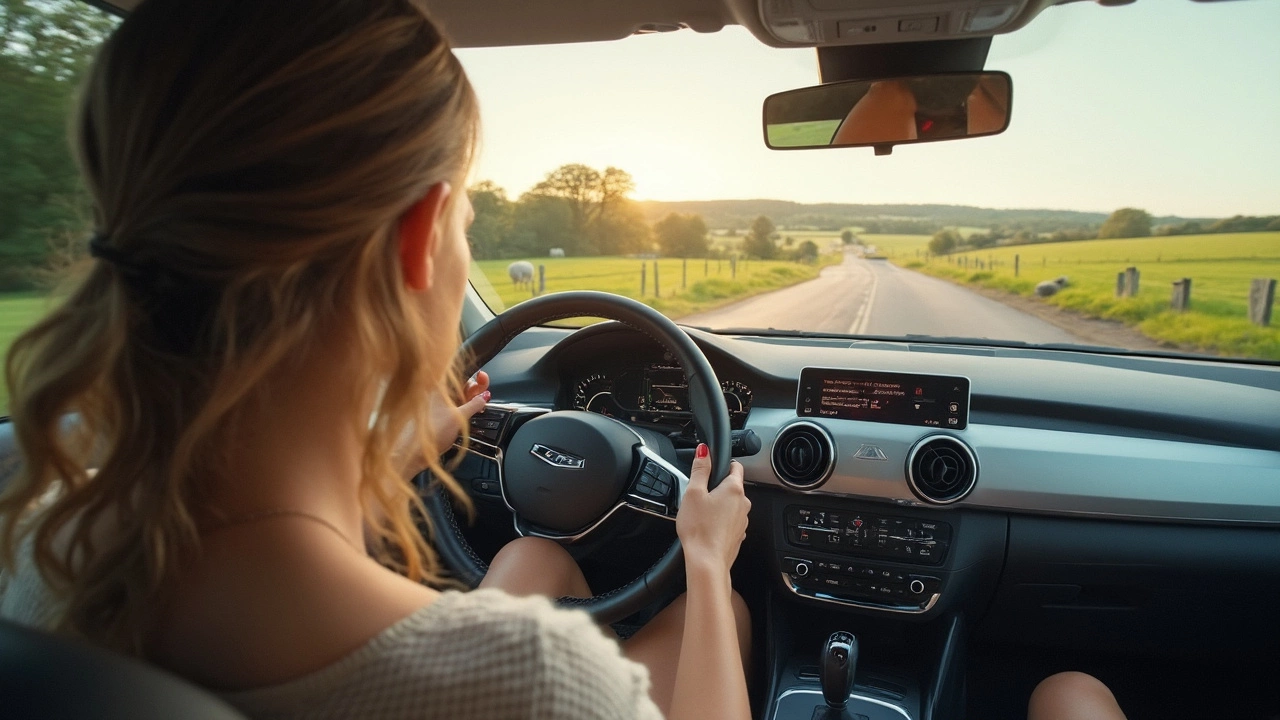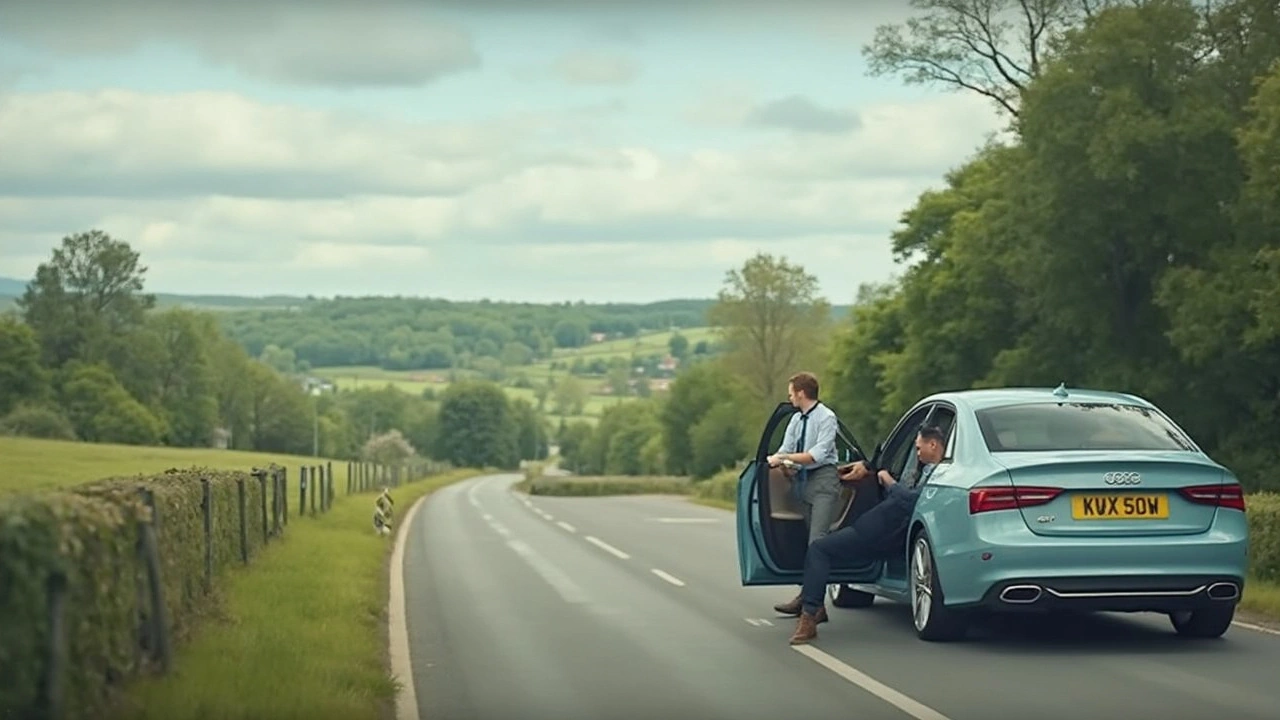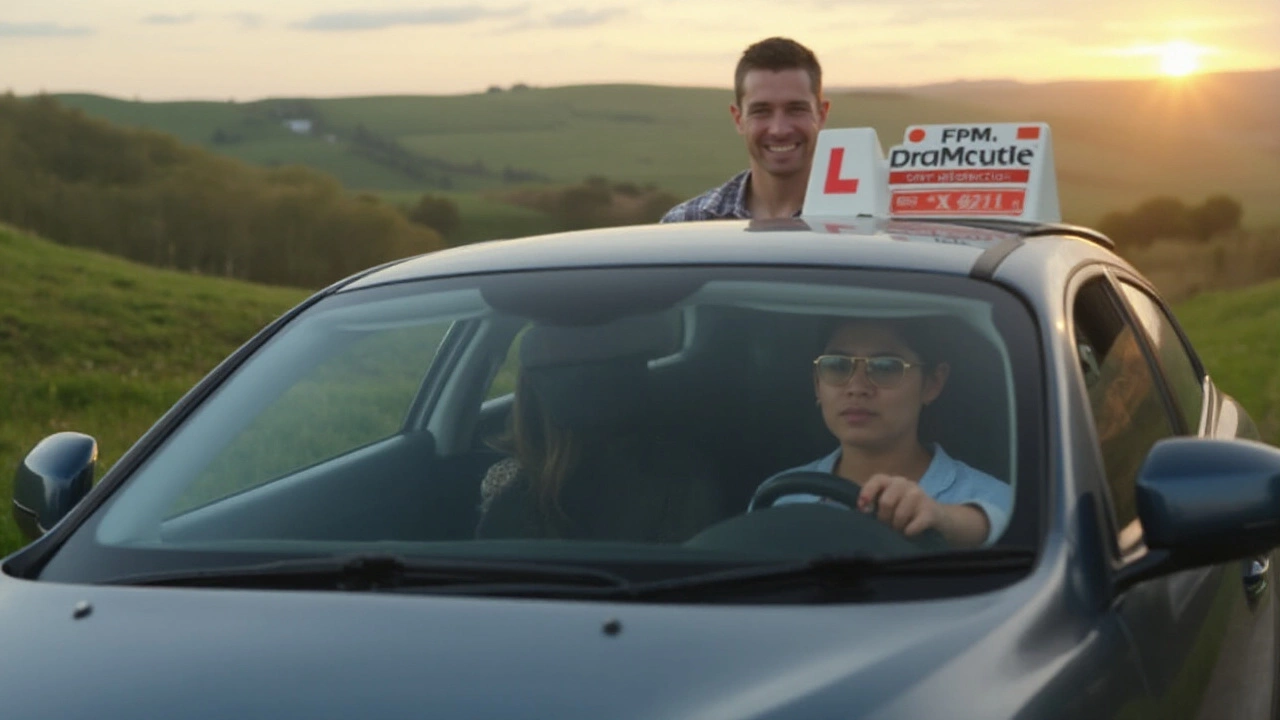Automatic Driving Lessons: A Quick Guide for New Drivers
If you’re thinking about learning to drive an automatic car, you’re not alone. Many learners prefer the ease of an automatic transmission, especially when juggling a busy schedule or dealing with traffic. This guide breaks down what automatic driving lessons involve, what to expect from an instructor, and how to ace your test without over‑thinking it.
Why Choose Automatic Over Manual?
Automatic cars handle gear changes for you, so you can focus on steering, braking, and watching the road. That means less mental load during busy city trips and a smoother ride on hills. For people who get nervous about clutch control or who have physical limitations, an automatic can be a game‑changer. It also lowers the chance of stalling, which can boost confidence early on.
What Happens in an Automatic Driving Lesson?
When you book a lesson, your instructor will start by checking your licence status and explaining the car’s layout – think brake, accelerator, and the gear selector that usually sits on the steering column or centre console. Unlike manual lessons, there’s no clutch pedal to worry about, so the first 15‑20 minutes often focus on basic controls, mirrors, and proper seating position.
After you’re comfortable with the basics, you’ll move on to real‑world situations: merging onto a dual carriageway, navigating roundabouts, and handling stop‑and‑go traffic. Your instructor will point out how to use the ‘Park’, ‘Reverse’, ‘Neutral’, and ‘Drive’ (PRND) positions safely, and when to engage ‘Sport’ mode if your car has it.
Most lessons include a short “fuel‑efficiency” tip segment. Driving an automatic doesn’t mean you’ll burn more fuel automatically – smooth acceleration, gentle braking, and using ‘Eco’ mode when possible can keep your costs down.
Many learners wonder whether an automatic licence limits them. In the UK, a full licence obtained in an automatic car lets you drive any automatic vehicle, but you’ll need a manual licence to legally drive a manual. If you ever need to drive a manual HGV or a friend’s car, you’d have to take a separate test.
When it comes to the practical driving test, the examiner will check the same skills you practiced in lessons: observation, positioning, and control. The main difference is that you won’t be asked to demonstrate clutch control, so you can spend more time on hazard perception and safe stopping distances.
To make the most of your automatic lessons, consider these quick tips:
- Practice smooth inputs on the accelerator – sudden bursts can cause the car to lurch.
- Use the brake to control speed on hills, rather than relying on the gear selector.
- Stay aware of the car’s revs; even though you don’t shift gears, the engine still works harder at higher speeds.
- Ask your instructor about ‘creep’ – the slight forward movement when you release the brake, which can be useful in stop‑and‑go traffic.
- Take a few extra lessons on night driving and wet conditions; the car’s traction control behaves differently than a manual.
Automatic driving lessons can be just as thorough as manual ones, and many learners find them more enjoyable. If you’re ready to start, look for a local driving school that specialises in automatic training and book a trial session. You’ll quickly see how the smoother ride translates into confidence on the road, and you’ll be one step closer to passing your test and hitting the road safely.
- February 10 2025
- 0 Comments
- Rowan Cavendish
Is It Hard to Learn How to Drive Automatic?
Wondering if learning to drive an automatic is a challenge? Not so much. With fewer gears to juggle compared to manual cars, the learning curve is often simpler. Automatic cars handle the technicalities of shifting, leaving drivers to focus on the road. Here are some insights and practical tips to make your journey into driving automatic smooth and stress-free.
- February 9 2025
- 0 Comments
- Rowan Cavendish
Can You Shift from D to 1 While Driving?
Curious if you should shift from 'D' to '1' while driving? This article explores the ins and outs of switching gears in an automatic car, the potential reasons why you might want to do this, and the precautions you should take. Discover when it's safe, what to avoid, and how these actions can impact your driving. You'll also find handy tips to keep your car running smoothly. Stay informed and make better decisions behind the wheel.
- January 21 2025
- 0 Comments
- Rowan Cavendish
Mastering Automatic Driving: How Many Lessons Do You Really Need?
Learning to drive an automatic car is becoming increasingly popular as automatic vehicles become more common. The number of lessons needed varies depending on the individual's abilities and prior experience. This article explores the factors influencing the number of lessons required, offers insights into lesson structure, and provides tips for successful learning. Understanding these elements can help students and instructors create a tailored approach that suits the driver's unique needs.
- December 4 2024
- 0 Comments
- Rowan Cavendish
Can You Self-Teach Driving? Exploring the Pros and Cons of Learning to Drive Independently
Self-taught driving can be an intriguing option for many aspiring drivers who prefer to learn at their own pace. The prospect of bypassing formal driving lessons for an independent approach raises questions about its effectiveness and safety. Understanding the foundations of driving, access to resources, and the potential risks will help individuals make informed decisions. By comparing professional instruction and self-learning, drivers can explore if this path aligns with their skills. This article dives into the various aspects to consider when contemplating self-taught driving.
- Driving Lessons (41)
- HGV Training (31)
- Driving Test Tips (31)
- Driving Test Booking (27)
- Driving Licence Renewal (23)
- Driving Theory Test (21)
- Intensive Driving Course (16)
- Pass Plus Course (15)
- Driving Tips (15)
- Driver Licensing (14)
Categories
- December 2025 (14)
- November 2025 (13)
- October 2025 (21)
- September 2025 (5)
- August 2025 (8)
- July 2025 (30)
- June 2025 (30)
- May 2025 (30)
- April 2025 (31)
- March 2025 (30)
- February 2025 (28)
- January 2025 (34)
Archives
- driving lessons
- driving test
- driving tips
- intensive driving course
- driving test tips
- HGV training
- learn to drive
- driving theory test
- driver training
- driving test booking
- pass driving test
- HGV driving
- road safety
- driving license renewal
- Virginia driving test
- learner drivers
- safe driving
- Virginia driver's license
- driving license
- learning to drive




